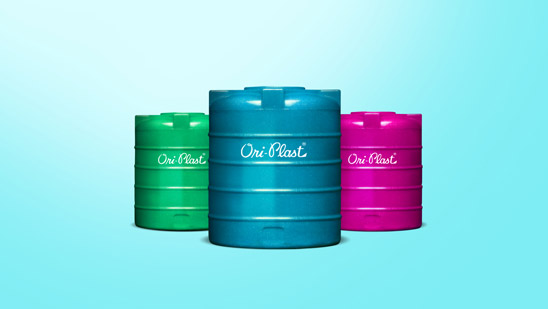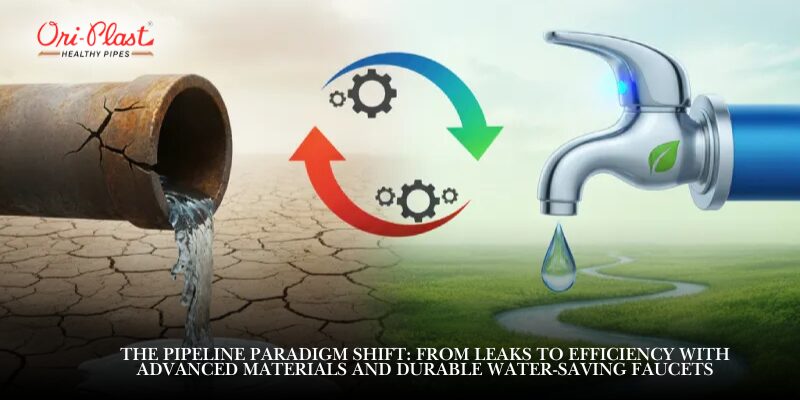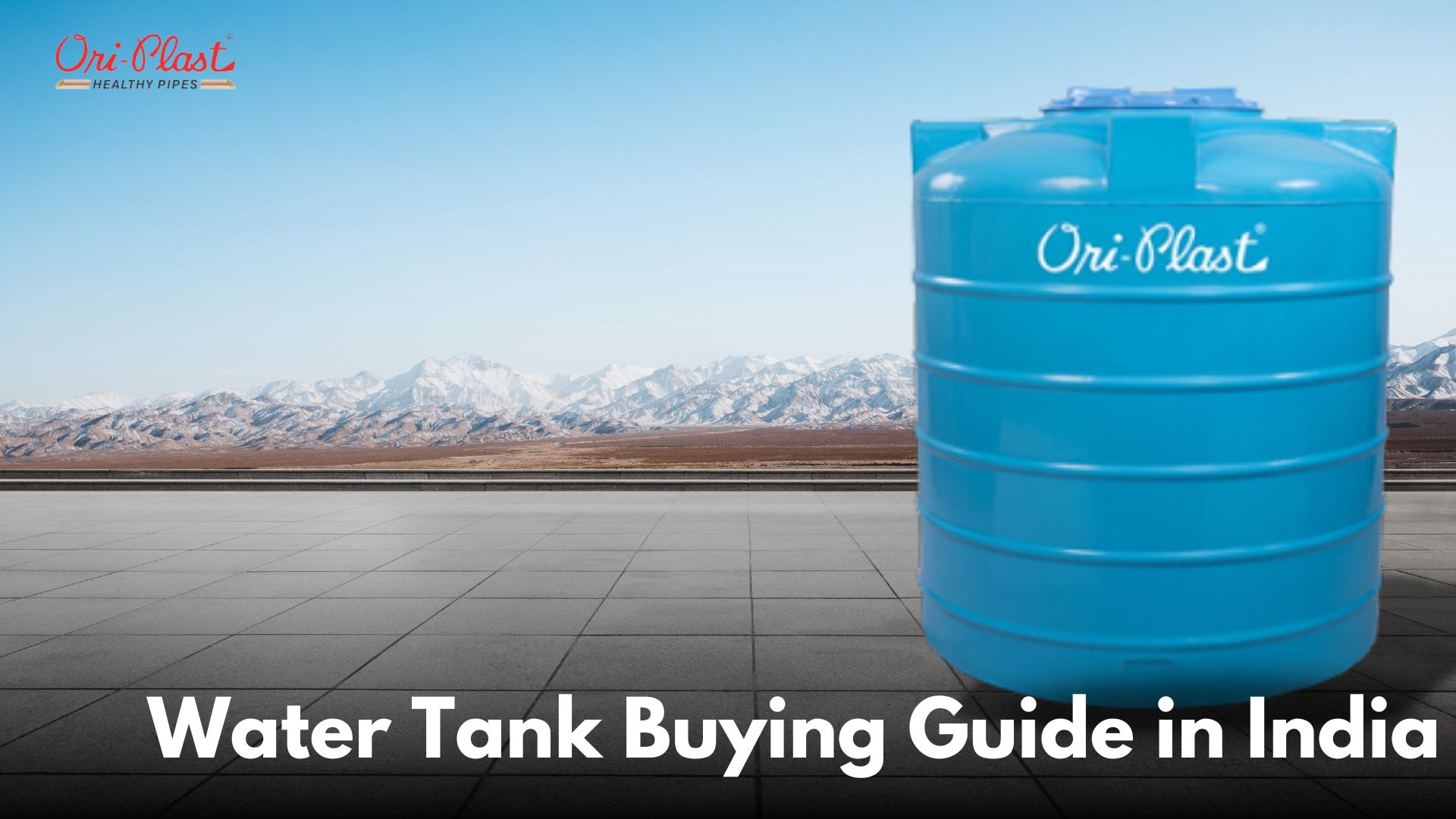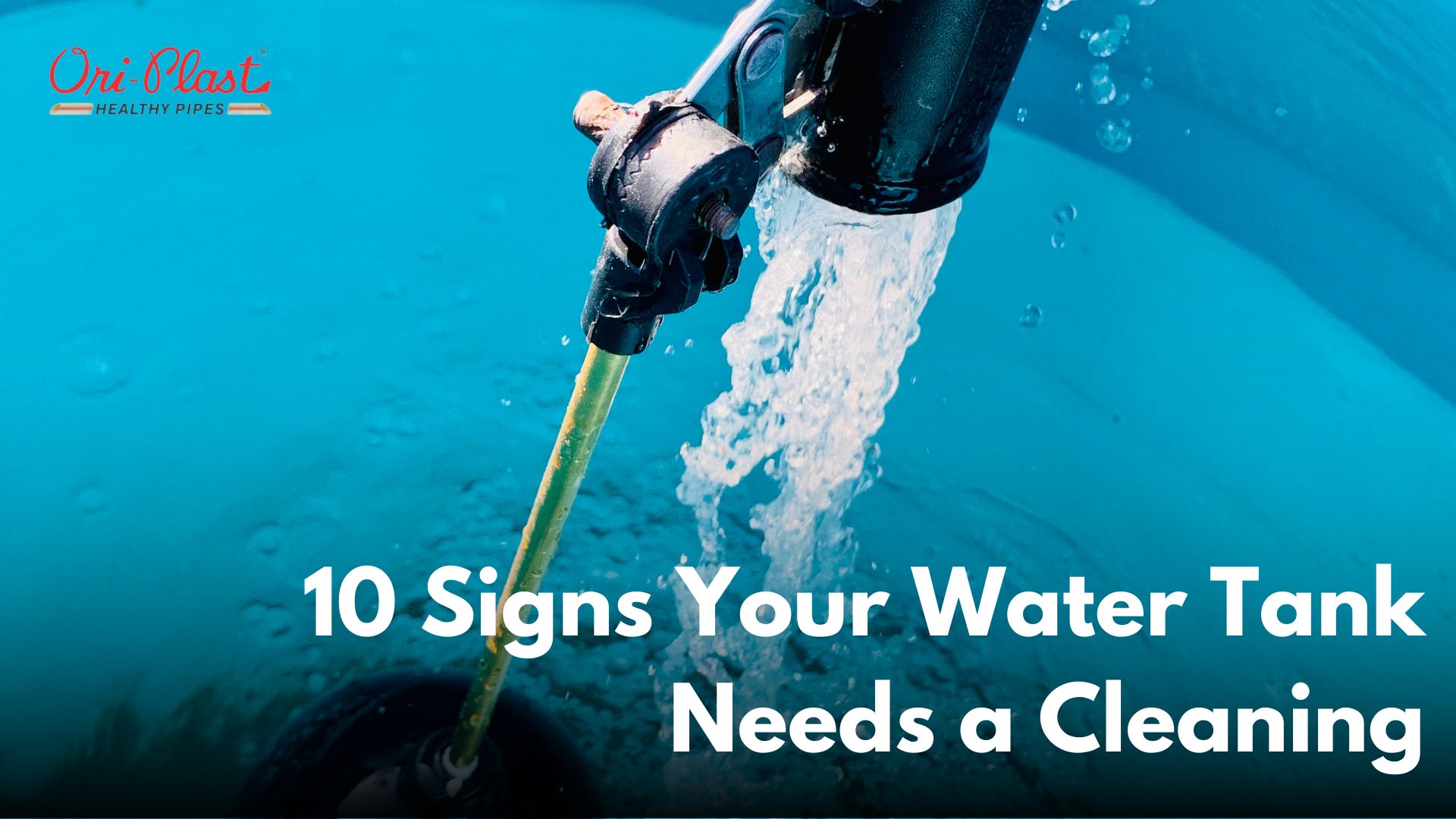If you're considering installing a water tank on your property, there are several important questions you should ask beforehand. Water tanks can be a major investment, so doing your research is critical before making this purchase. In this blog post, we'll explore the 12 most important questions to ask when shopping for a new water tank.
1. What material should the tank be made of?
The material of the water tank should be one of your first considerations, as it impacts durability, water quality, lifetime costs, and more. Common materials for water tanks include concrete, poly tanks, galvanized steel, stainless steel, and more. Concrete tanks are long-lasting but can be expensive. Plastic poly tanks are affordable but may need replacing sooner. Stainless steel offers superior durability for a higher price tag. Assess your budget, intended use, and longevity needs when deciding on a material.
2. What capacity tank do I need?
Carefully calculate what capacity tank makes sense for your intended purpose, family size, livestock needs, gardening plans, and other water uses. A tank that is too small may run out frequently or not meet your water demands. A tank too large is an unnecessary expense. Take note of periods of higher usage, such as summer months or during a vegetable garden's growing season. Allow for future expansion plans as well when deciding on a water tank's capacity.
3. How frequently will the tank need to be refilled?
Along with tank capacity, carefully consider how often you will likely need to refill the tank each year based on your water needs and habits. Will the tank be refilled by rainfall collection only or will you need to bring in supplemental water? What is your area’s average annual rainfall? How many drought periods typically occur? These are all factors that can impact optimal tank size and refill frequency.
4. What external construction considerations are needed?
External construction needs include a stable, reinforced base, level ground for installation, overhangs or secured lids to prevent contamination from above, and protection from sunlight exposure if your tank is plastic. You may need to construct a concrete, crushed stone, or compacted earth base for the tank. Also have electrical or pump lines installed if applicable. Address all of these prior to delivery of your tank.
5. How should internal tank components be configured?
Questions to consider about internal components include whether you want partitions or segments within the tank, what type of lining you need for potable water purposes, if interior ladders or lifts are included for access hatches, what cleaning access points are built in, whether baffles, weighted inlet pipes, or calming inlets should be installed to prevent interior erosion from incoming water flows, and compatibility with any existing plumbing infrastructure.
6. How will tank overflow be dealt with?
One very important consideration is planning for excess water outflow when your tank reaches capacity after heavy rains or frequent fills. Options for handling overflow include routing excess water to a secondary onsite holding pond, a rain garden, drainage areas away from structures, or even back into a graywater system for reuse around your property for non-potable water needs.
7. How will water be extracted from my tank?
Assess extraction needs before purchasing a tank. Will you require an electric pump system or simply use gravity outlets? Do you need fittings compatible with particular plumbing fixtures, appliances, outdoor spigots or irrigation systems? Are backflow prevention devices needed? Clarify all water extraction components so your tank purchase or customization provides full functionality.
8. What kind of maintenance is required?
Factor in both short and long-term maintenance needs for your tank. This includes initial tank cleaning, periodic exterior surface cleaning and inspection, treatment to prevent algae or bacteria inside the tank, checking and replacing internal filtration systems or water treatment components, integrity testing for leaks, monitoring and repair of any cracks or problem areas over time, and verifying that pumps, electrical lines and extraction systems continue functioning.
9. What safety standards should my tank conform to?
Verify that any potential water tank meets protocols such as NSF/ANSI, UL, FM or other domestic and international quality and safety standards. Approved, inspected tanks ensure healthy, potable water for your purposes as well as structural stability and longevity. Research requirements for above or below ground tank installations in your geographic location as well.
10. How qualified is the vendor or installation company?
Only work with highly experienced water tank suppliers who provide you with detailed customer service, project consultation and transparent pricing. Check reviews, credentials, certifications and proven expertise in your particular type and size of water tank installation. Verify they follow regional protocols and can correctly handle permit processes. Ensure they will properly size, customize and install your tank suited for the exact specifications of your property.
11. Can existing rainwater harvesting systems be incorporated?
If you already utilize rainwater harvesting elements like gutters, downspouts, barrels or cisterns, determine whether your new water tank can be correctly integrated to take advantage of these. Divert guttering to channel precipitation directly into your tank, for example, or connect intermediate barrel storage to gravity feed into the main tank. Utilize preexisting rain catchment investments to offset water tank refill requirements where possible.
12. What are all included costs, options and long-term expenses?
The purchasing process should clarify total costs for the water tank itself plus required components like pumps, wiring, attachments and installation expenses. However, also project long-term costs for maintenance, cleaning treatments, filter or treatment system replacements, potential repairs, inspections and periodic pumping out of accumulated sediment if your tank lacks a bottom drain. Estimate total lifetime costs, not just initial purchase and setup fees, when determining your budget.
Choosing the ideal water tank entails careful consideration of all key factors - the 12 outlined in detail here are crucial questions to investigate before making this major investment. Addressing aspects from construction, capacity and maintenance to safety standards, vendor qualifications and expenses will ensure your tank purchase fulfills all intended purposes for years to come. With research and planning guided by these questions, you can have peace of mind knowing your tailored water tank system reliably meets your family's or property's specific water needs into the future.




